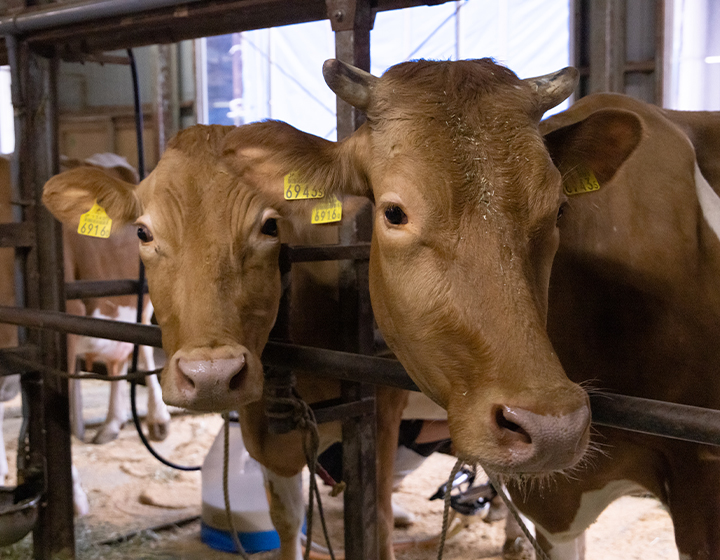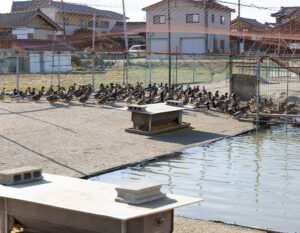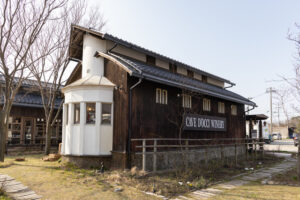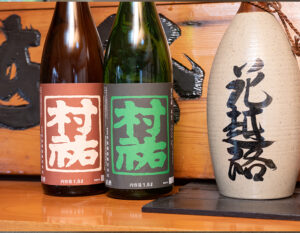Kasei Farm’s Challenge to Breed “Gandhi Cattle
In the Wajima area northwest of Nagaoka City, an area of lush greenery known as the home of Ryokan, a Buddhist monk born in the late Edo period and beloved by the common people, there is a ranch that raises ” Gandhi breed ” dairy cattle, which are rare in Japan. The Gandhi breed, or Gandhi cow, is a rare breed with fewer than 200 cows in Japan, and is currently raised only in Niigata, Tochigi, and Oita prefectures. Imported to Japan at the end of the Meiji period (1868-1912), Gandhi cows are characterized by their higher overall nutritional value compared to ordinary milk (Holstein breed).
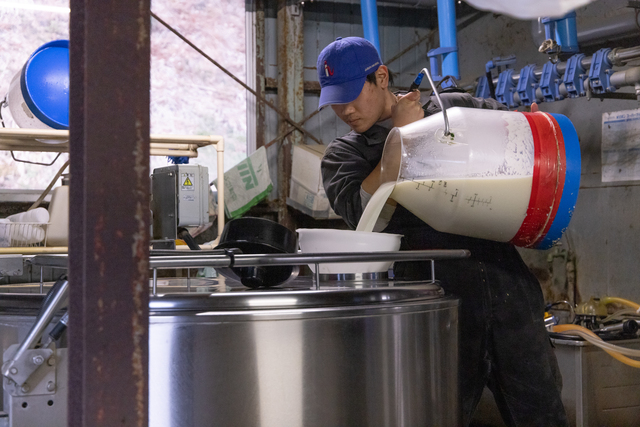
I started my dairy farm 50 years ago and began raising Gandhi cows 20 years ago. I was ridiculed at the time, but now I can do it with confidence,” said Tsutomu Kasei, president of Kasei Farm. While in high school at an agricultural high school, he received training from a dairy farmer in Hokkaido, which made him yearn to live on a ranch, and in 1972, he began raising a single Holstein calf. In 1995, he expanded the size of his dairy farm to 60 cows, but the work only became more demanding in proportion to the number of cows, and he began to feel the limits of his physical strength. He therefore switched to a policy of producing high quality milk with high added value in order to reduce his workload and maintain his income. What he came across was Gandhi milk.
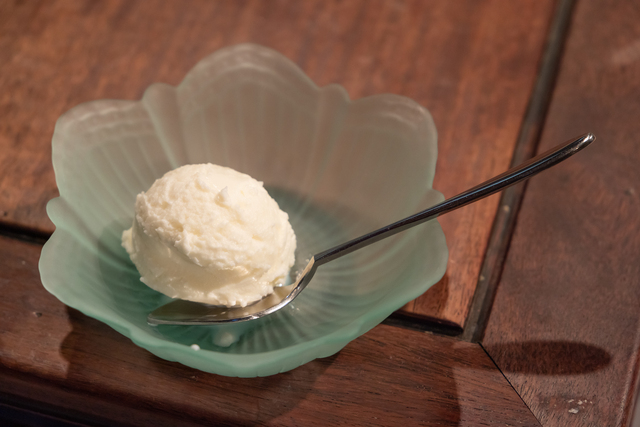
Currently, Holstein and Jersey breeds account for most of the dairy cows in Japan. The number of Gandhi cows, which originate from Cansey Island (England) in the English Channel, is decreasing every year. In addition to the small number of Gandhi cows, the amount of milk that can be milked per day is only about half that of the common Holstein breed. However, “Gandhi milk is richer and richer than any other type of milk, and it is very refreshing and easy to drink,” was Kasei’s impression when he first drank Gandhi milk. Because of its nutritional value, taste, and rarity, Gandhi milk has been called “golden milk” or “aristocrat’s milk” in Europe and the United States. Its high fat content makes it suitable for making gelato and ice cream.
Delivering Delicious Milk
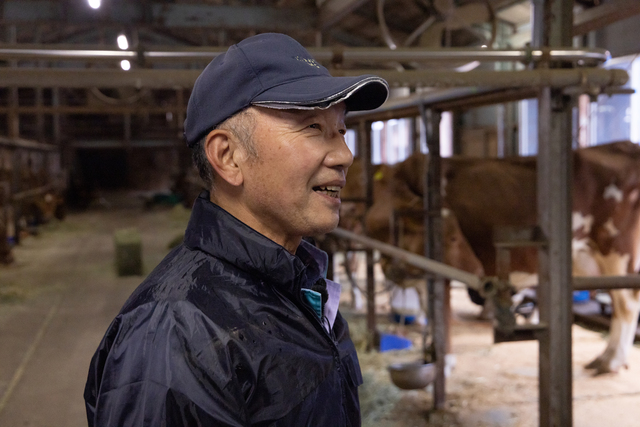
It was 1997 when the first Kanjie cow finally arrived at Kasei-san’s dairy farm after he asked a number of dairies across Japan to sell their cows to him. She was a one-month-old cow. He carefully raised her and now has many grandchildren, great-grandchildren, and great-great-grandchildren living on his ranch. The cows are fed with a blend of grass rich in fiber, sugar, and protein. When milking, the cows are carefully massaged with a towel wetted with warm water before being disinfected and milked twice a day. Depending on the cow’s physical condition, sometimes it is easy to milk the cow and sometimes it is difficult. The rare breed of cows also presented some difficulties. There are only a few dairy farmers keeping cows in the first place, so there is no data on cow rearing methods or diseases, and there is no system for sharing data. Even if you consulted a veterinarian, he or she would tell you that they don’t know what to do with these cows.” Still, he says, there is an attraction to raising Gandhi cows. The product that consumers get is priced higher than regular milk. Still, there is certainly a demand for “good tasting milk.
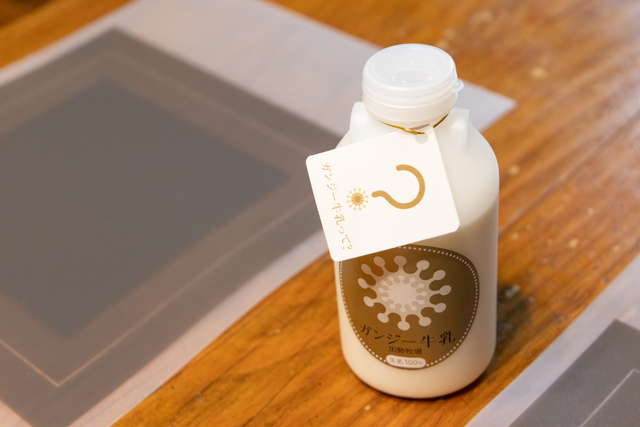
As a producer, I am most pleased when people recognize the taste of our milk, ” says Kasei. In order to make the sweetness, richness, and refreshing drinkability of Gandhi milk known to more people, we would like to increase the number of Gandhi cow fans by shortening the distance between consumers and producers and creating mechanisms to convey our message as producers in an easy-to-understand manner, such as our own commitment and the experiences we can have because we come to the area. We would like to increase the number of Gandhi beef fans by creating mechanisms to convey our message as producers in an easy-to-understand manner. Incidentally, because the fat content is higher in winter than in summer, Gandhi milk ice cream has a refreshing taste in summer and becomes even more delicious in winter. Visitors can enjoy gelato and soft-serve ice cream at Kasei Ranch – Washima Honten, a directly managed store located a short distance away from the ranch. The shop also sells a variety of cakes and baked goods. We hope that you will visit the ranch and taste the difference in taste while experiencing the producer’s thoughts and feelings.



